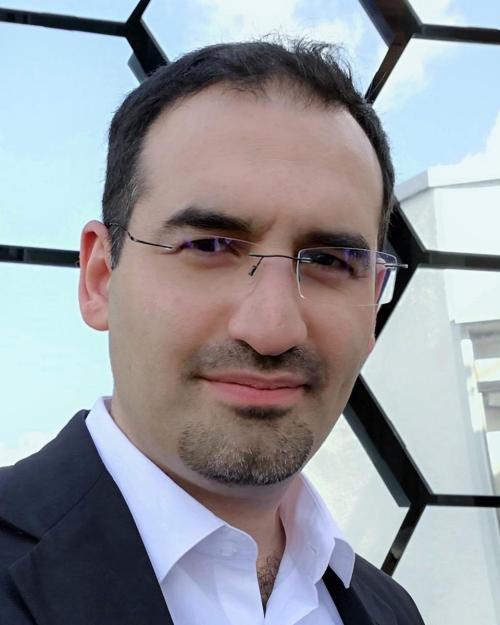
Mega Satellite Constellations for Communication and Sensing: Challenges and Opportunities
Presentation Menu
The deployment of mega satellite constellations is occurring at an unprecedented rate, aiming to provide integrated global coverage. Alongside these large constellations, smaller ones are being dedicated to synthetic aperture radar applications. However, this rapid expansion is straining radio spectrum availability and increasingly leading to cross-system interference. This lecture will explore the current challenges and opportunities presented by mega satellite constellations and will highlight how machine learning methods can enhance the performance of these systems. Practical examples will include a collaboration with OneWeb, focusing on exploring the largely unoccupied Q/V band satellite channels. In this context, we will discuss how machine learning can be utilized to predict fading in radio channels autonomously. Additionally, we will delve into the radio interference challenges faced by synthetic aperture radar systems and outline potential mitigation strategies which are part of collaborative efforts with the German Aerospace Center (DLR) and the European Space Agency.
